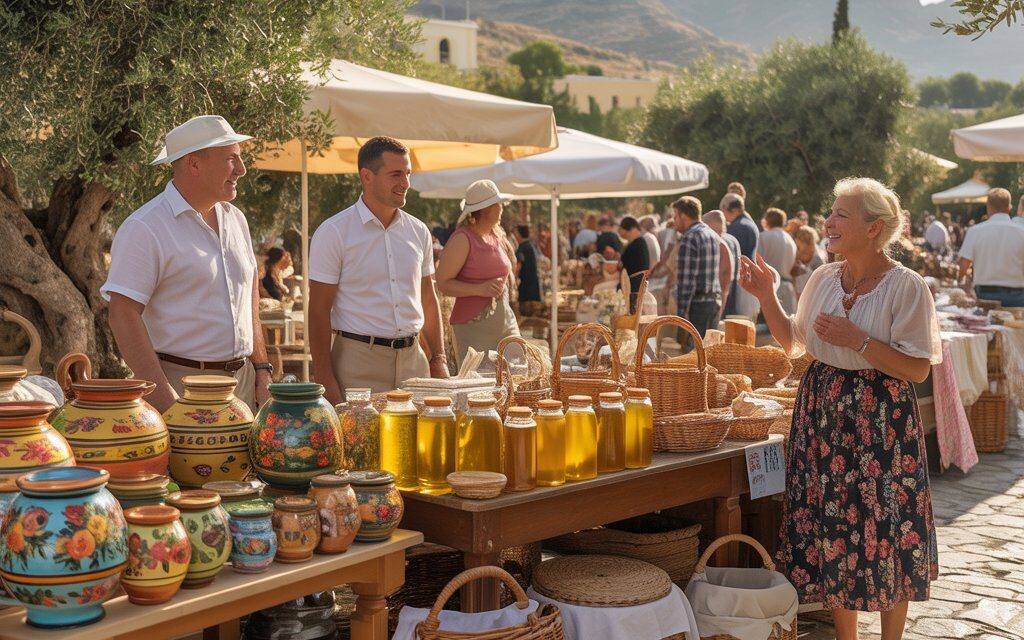Moving Beyond “Do No Harm”
For decades, the focus of responsible tourism has been sustainability — reducing environmental damage, managing resources, and preserving cultural heritage.
But as global challenges intensify, there’s a new movement gaining momentum: regenerative tourism.
Instead of simply aiming to do less harm, regenerative tourism actively seeks to restore, replenish, and revive the very places visitors come to enjoy.
Our Regenerative Destination Plan service helps destinations embrace this new paradigm — creating strategies that leave a positive legacy for communities, cultures, and ecosystems.
1. What is Sustainable Tourism?
Sustainable tourism is guided by the principle of minimizing negative impacts while maximizing benefits for the environment, society, and economy.
It focuses on:
-
Reducing pollution and waste
-
Conserving water and energy
-
Protecting biodiversity
-
Preserving cultural heritage
While these are crucial goals, sustainability often stops at maintaining the status quo.
2. What is Regenerative Tourism?
Regenerative tourism takes things a step further.
It is about leaving a place better than you found it.
Key principles include:
-
Restoring ecosystems through conservation and rewilding
-
Revitalizing local economies with fair, locally-driven tourism models
-
Strengthening community wellbeing by involving residents in decision-making
-
Celebrating culture in ways that empower and protect local identity
3. Why Regeneration Matters for Destinations
Destinations that embrace regeneration:
-
Attract a premium travel market seeking meaningful, ethical experiences
-
Qualify for EU and international funding focused on climate resilience and heritage protection
-
Create year-round economic opportunities for residents
-
Build a resilient tourism sector capable of adapting to global changes
4. How Our Regenerative Destination Plan Works
At Sustainable Tourism Hub, we guide municipalities, tourism boards, and cross-border initiatives through a structured, participatory process:
Step 1 – Destination Audit
Comprehensive review of cultural, environmental, and tourism assets.
Step 2 – Stakeholder Engagement
Workshops with local residents, tourism operators, and NGOs.
Step 3 – Regeneration Roadmap
A 3–5 year plan with specific actions to restore and enhance the destination.
Step 4 – Sustainability KPIs
Measurable indicators to track environmental, cultural, and social progress.
Step 5 – Funding Roadmap
Identification of Erasmus+, Horizon Europe, Interreg, and private investment opportunities.
5. Real-Life Impact Potential
Imagine a coastal town suffering from over-tourism and environmental degradation.
By implementing a Regenerative Destination Plan, it could:
-
Restore wetlands and native plant life
-
Shift to community-led tourism enterprises
-
Improve visitor satisfaction through authentic experiences
-
Increase annual tourism revenue while reducing environmental impact
Conclusion & Call-to-Action
Sustainable tourism is a vital baseline — but regeneration is the future.
It’s about giving back more than we take and ensuring that tourism becomes a force for renewal.
📩 Let’s create your Regenerative Destination Plan and position your region as a leader in the global movement for regenerative tourism.


